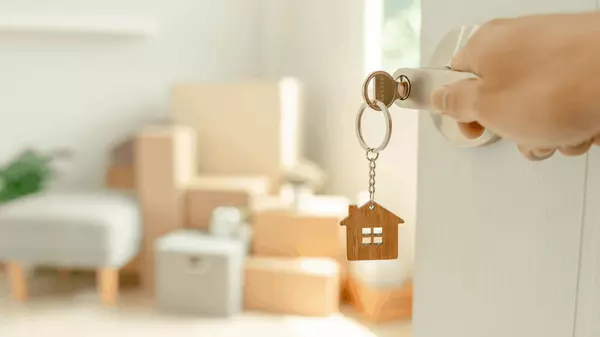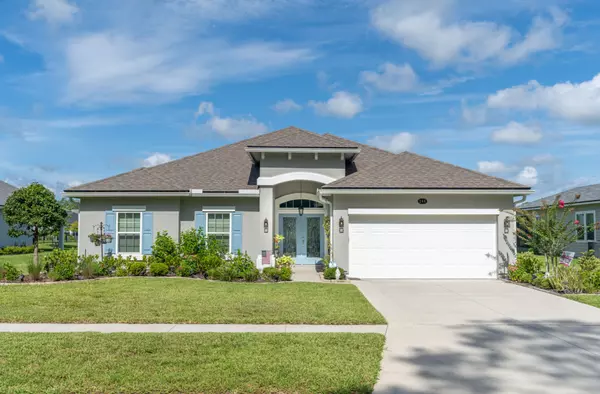How Close is St. Augustine to Major Cities and Airports?
St. Augustine, FL, offers a relaxed coastal lifestyle while keeping major cities and travel hubs within easy reach. Here's a look at the closest metropolitan areas and airports to the nation's oldest city.

The Pros and Cons of 3D-Printed Homes
3D-printed homes are emerging as a potential game-changer in real estate, but like any new technology, they come with advantages and challenges. This innovative technology has the potential to revolutionize the way we think about building houses, offering a mix of excitement and skepticism among hom

Dive Into Swimply: An Innovative Way to Poolside Fun in St. Augustine, FL
Swimply provides an innovative way to enjoy private poolside relaxation without the commitment of owning a pool. This relatively new platform allows homeowners to rent out their private pools by the hour. While Swimply offers exciting opportunities for homeowners and investors, it's essential to un

What Florida’s New Anti-Squatter Law Means for Real Estate Owners
Florida's new Anti-Squatter Law, House Bill 621, offers a sound solution to property owners dealing with unauthorized occupants. Signed into law in March and effective as of July 1, 2024, this legislation grants property owners enhanced rights to remove illegal squatters swiftly, reclaiming their p
Categories
Recent Posts











